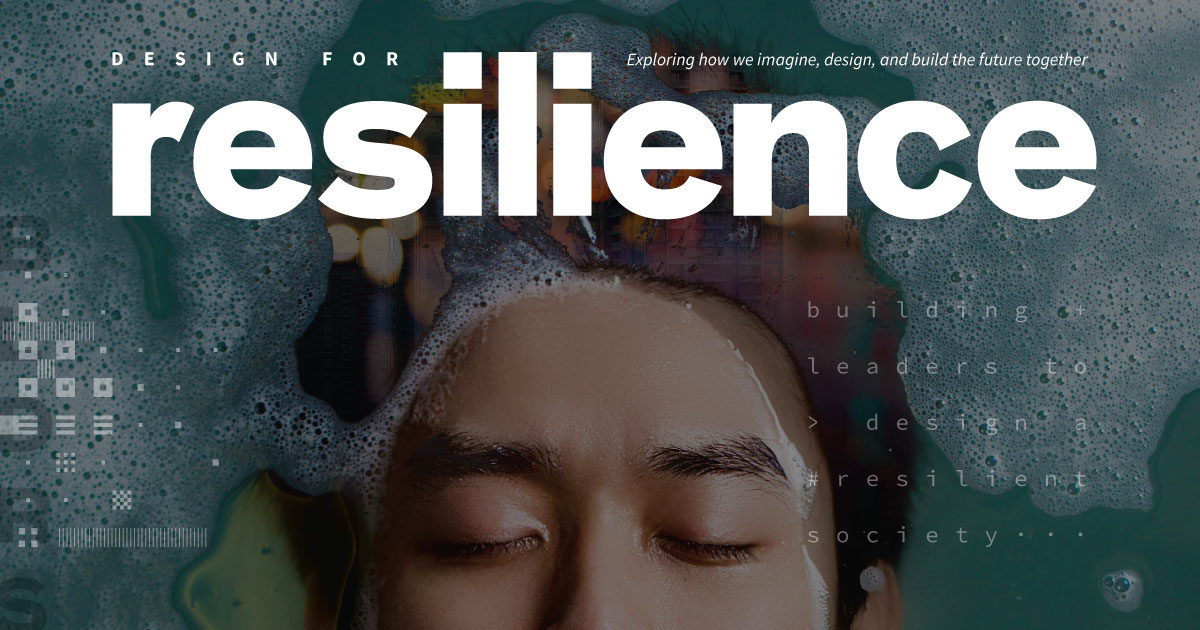Inspiration
I am inspired by Universe and the iterative design process evident in the evolution of species and the development of human consciousness to perceive the wonder and beauty of the physical world and the complexity of biological and ecological systems.
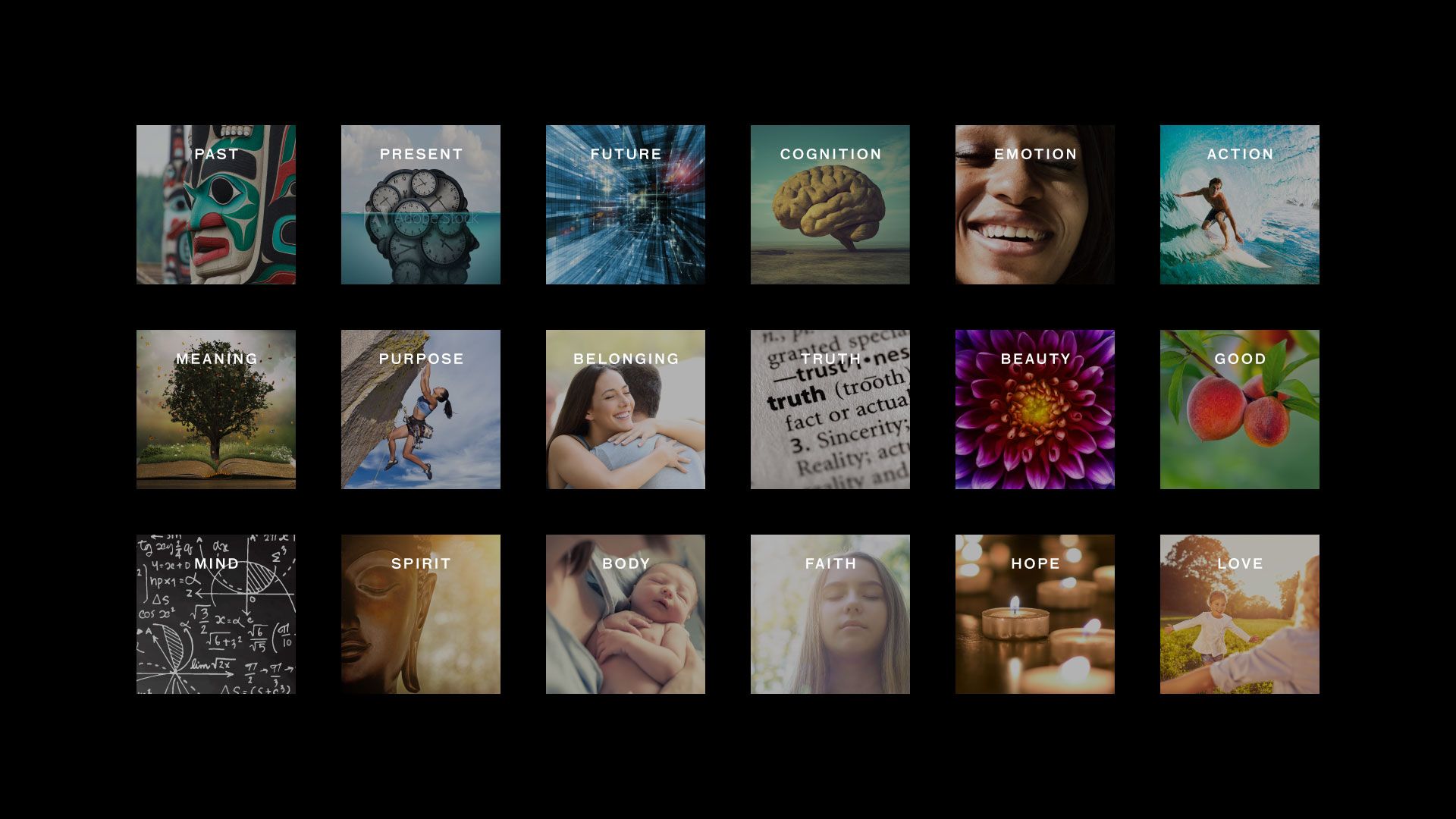
As one person, how do I create systemic change? This is what Buckminster Fuller demonstrated in his life. The volume of ideas that he created can be measured in tons.
“Because he believed his ideas and life would hold enduring interest, Fuller collected nearly every scrap of paper that ever passed through his hands, including letters that raise questions about the suicide story. At 45 tons, it is the largest personal archive at Stanford, according to Hsiao-Yun Chu, a former assistant curator of the papers and co-editor of a book, Reassessing R. Buckminster Fuller, to be published by Stanford University Press next year.”

“You never change things by fighting the existing reality. To change something, build a new model that makes the existing model obsolete.”

How does one person create systemic change? Learn how to build systems. How do we build systems? Think about how buildings are created. How many people are involved in the building of a cathedral? It used to take hundreds of years for an entire village to build the sort of architecture that arises out of the combined efforts of a community to fulfill a collective vision for the future.
Now it is possible to build entire cities with steel, glass, and concrete in a fraction of that time.
Where did those ideas come from? The Bauhaus. This was a generation that had inherited a world that had been modelled on centralized power in the hands of a few people. Inequalities and social polarization fuelled a media and culture and industrial war that led to a global pandemic. As a result, millions of people died.
It sounds a lot like the times we are living in. How do we avoid such catastrophic consequences?
We can learn from the designers of the modern world, from both their successes and their failures.
One man, Walter Gropius, envisioned a school to help the next generation learn how to build the new architecture of the future. We are living in the future that they designed.
In 1919, in the Weimar Republic, Germany’s first experiment in democracy, the Bauhaus invited architects, artists, painters, and sculptors from around the world to create a new model for education that focused on better understanding our materials in order to build economical and efficient structures for facilitating and organizing modern life.
The Bauhaus faced resistance from people who were afraid of change and strange new ideas. They regarded the work that the Bauhaus was doing as degenerate art. Political resistance in the Weimar Republic led to the building of the iconic Bauhaus Building in Dessau in 1924. The fascist authorities eventually shut down the school and commandeered the building. An attempt was made to rent some space in Berlin to revive the school, but that too was closed by the Nazis in 1933.
As the United States of America follows the same pattern of political devolution that brought to an end the democratic experiment of the Weimar Republic and the rise of fascist and dictatorial power in Germany, there is an urgency to better understand that history to avoid repeating the mistakes of the past.
If Umair Haque is right, it may be too late. We already have people in Alberta who are campaigning to be annexed by America. Economically, the annexation is a fait accompli.
The Design Science Studio is a gathering of creators and innovators who are prototyping a new model to create a world that works for all of life.
We think in terms of systems and a holistic understanding of the human species as a part of an interconnected whole. The biological and ecological systems of the planet have been supported and made possible by billions of years of cosmological evolution.
A Competition for Scarce Resources
After 500 years of colonization, we may be in the process of turning our attempts to create a social, economic, political, and religious utopia into a global dystopia.
Designers are people who have learned to observe the world around us, to make sense of the sensory perceptions, the cognitive biases, and the emotional responses that motivate human behaviour. We observe challenges and problems and frustrations and turn them into possibilities and solutions and opportunities.
Corporations such as Apple, Google, Amazon, Facebook, Airbnb, Netflix, and Spotify have demonstrated the power of design and digital infrastructure to create value by building complex social systems. Now, I work as a mentor with people who are exploring the possibility of transitioning their careers into the world of design as user experience designers.
Corporations have also demonstrated a lack of foresight in building their social systems on the dominant ideology on which corporate structures were created. They were means of limiting the legal liability of capitalists, protecting their personal assets and property, should anything go wrong with their risky entrepreneurial ventures.
In the most egregious forms of this practice, the Duke of York led the Royal African Company, “an English mercantile (trading) company set up in 1660 by the royal Stuart family and City of London merchants to trade along the west coast of Africa. It shipped more African slaves to the Americas than any other institution in the history of the Atlantic slave trade… Originally known as the Company of Royal Adventurers Trading into Africa, by its charter issued in 1660 it was granted a monopoly over English trade along the west coast of Africa, with the principal objective being the search for gold. In 1663 a new charter was obtained which also mentioned the trade in slaves.”
“The Zong massacre was the mass killing of more than 130 enslaved Africans by the crew of the British slave ship Zong on and in the days following 29 November 1781. The Gregson slave-trading syndicate, based in Liverpool, owned the ship and sailed her in the Atlantic slave trade. As was common business practice, they had taken out insurance on the lives of the enslaved people as cargo. According to the crew, when the ship ran low on drinking water following navigational mistakes, the crew threw enslaved people overboard into the sea.”
“New York Life, the nation’s third-largest life insurance company, opened in Manhattan’s financial district in the spring of 1845. The firm possessed a prime address — 58 Wall Street — and a board of trustees populated by some of the city’s wealthiest merchants, bankers and railroad magnates.”
“Sales were sluggish that year. So the company looked south.”
“There, in Richmond, Va., an enterprising New York Life agent sold more than 30 policies in a single day in February 1846. Soon, advertisements began appearing in newspapers from Wilmington, N.C., to Louisville as the New York-based company encouraged Southerners to buy insurance to protect their most precious commodity: their slaves.”

The Dominion of Canada is a corporation set up to manage the Crown land of the British monarchy, which is why the Prime Minister acts as the public relations representative of its corporations, rather than the democratically elected Parliamentary representatives. The democracy is intended to distract the population from the legal entity who wields power through an arms-length relationship and relative anonymity. Thus, the Prime Minister ultimately acts on behalf of the property owners, the British Crown.
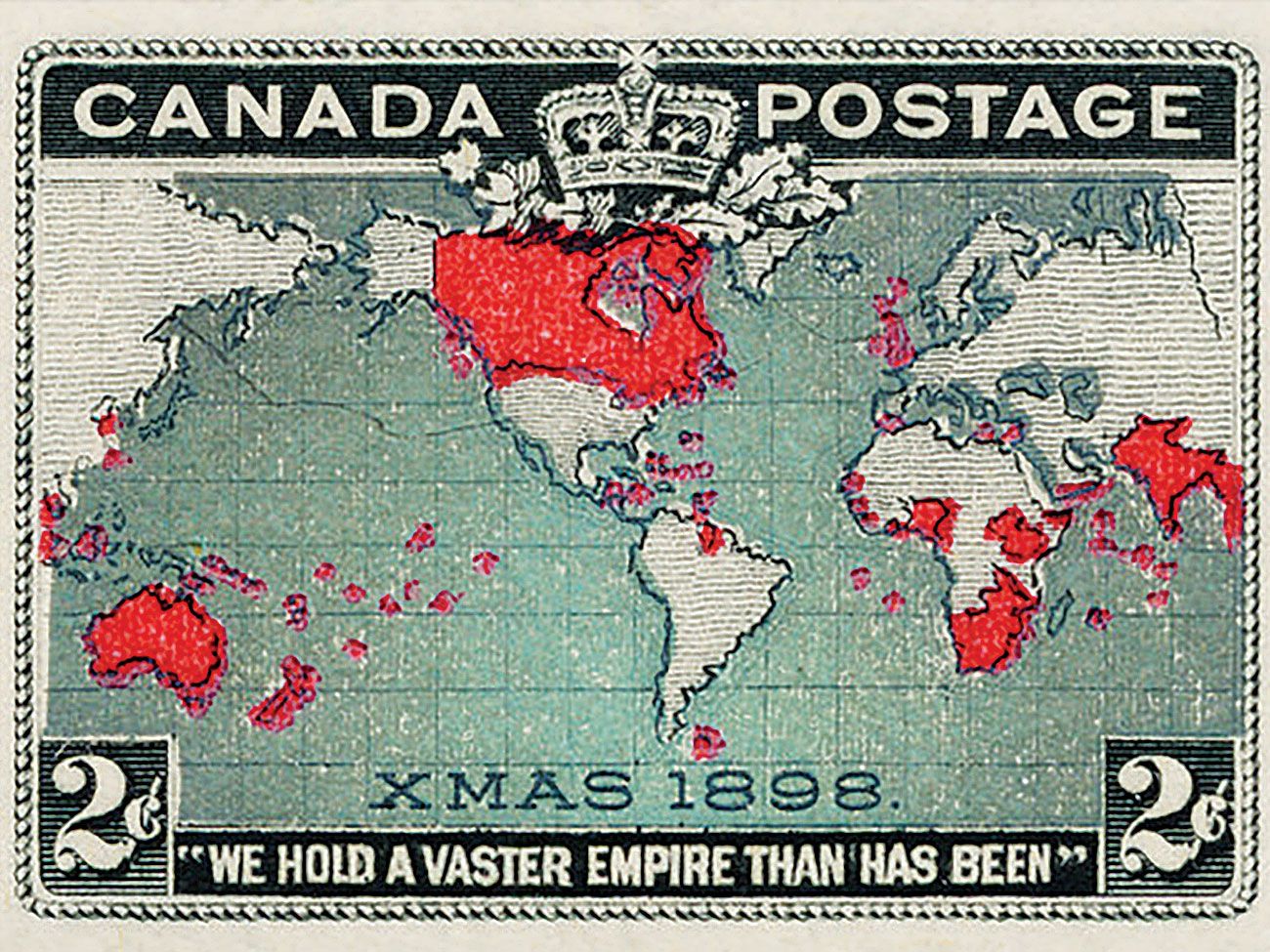
It is instructive to understand where problems arise when the human species is faced with an existential crisis.
“The problems that arise in the wake of disasters, Ms. Solnit posits, largely come from official government reactions. Top-down responses quash improvised collective efforts.”

We recognize a similar pattern in the closing of the Bauhaus in the Weimar Republic and by the Nazis in Dessau and Berlin.
James P. Kotter explains the thinking of hierarchies as they seek to exploit the creative abilities and labour of networks as a means to achieve their ends of limitless economic growth, regardless of the costs to those whose labour makes possible their profits, under the auspices of “self-made billionaires.”
Virtually all successful organizations on earth go through a very similar life cycle. They begin with a network-like structure, sort of like a solar system with a sun, planets, moons, and even satellites. Founders are at the center. Others are at various nodes working on different initiatives. Action is opportunity seeking and risk taking, all guided by a vision that people buy into. Energized individuals move quickly and with agility.
Over time, a successful organization evolves through a series of stages into an enterprise that is structured as a hierarchy and is driven by well-known managerial processes: planning, budgeting, job defining, staffing, measuring, problem solving. With a well-structured hierarchy and with managerial processes that are driven with skill, this more mature organization can produce incredibly reliable and efficient results on a weekly, quarterly, and annual basis (pages 5–6).
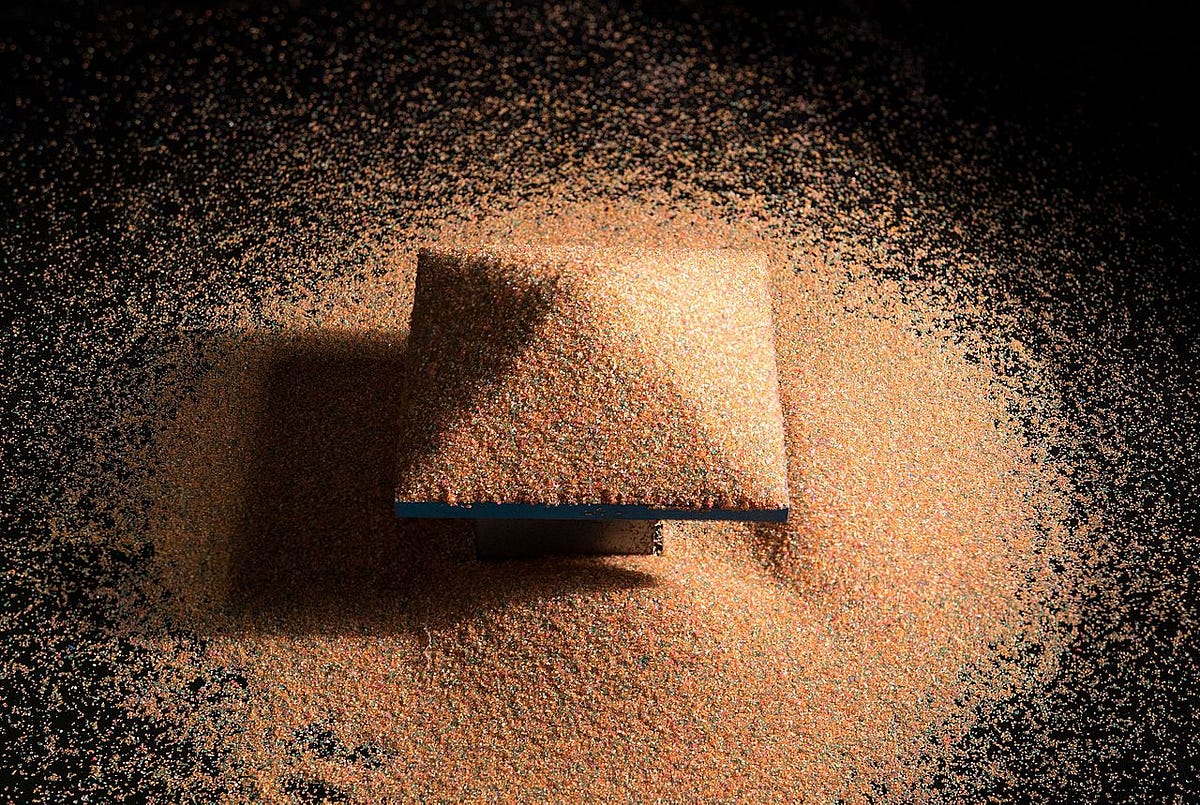
“For now, economic growth — as defined by an increase in GDP — remains the central measure of the health of an economy (and, indeed, of society itself). In tough times, we just want to get the ship moving again rather than worry about its direction: it’s taken as read that our GDP must constantly increase at a rate greater than other countries.…”
“But is GDP the right way to measure the wellbeing of society? Or the sustainability of an economy? Or the happiness of a community?”

Change
What I have discovered about designers and developers as we use the design thinking process to solve problems is that innovative thinking tends to be much more difficult than incremental thinking.
We are concerned with the minutiae, especially as our roles within the process become much more specialized as technologies scale and become more complex and organizations become larger and more complex.
My question has often been, who is thinking about the big picture?
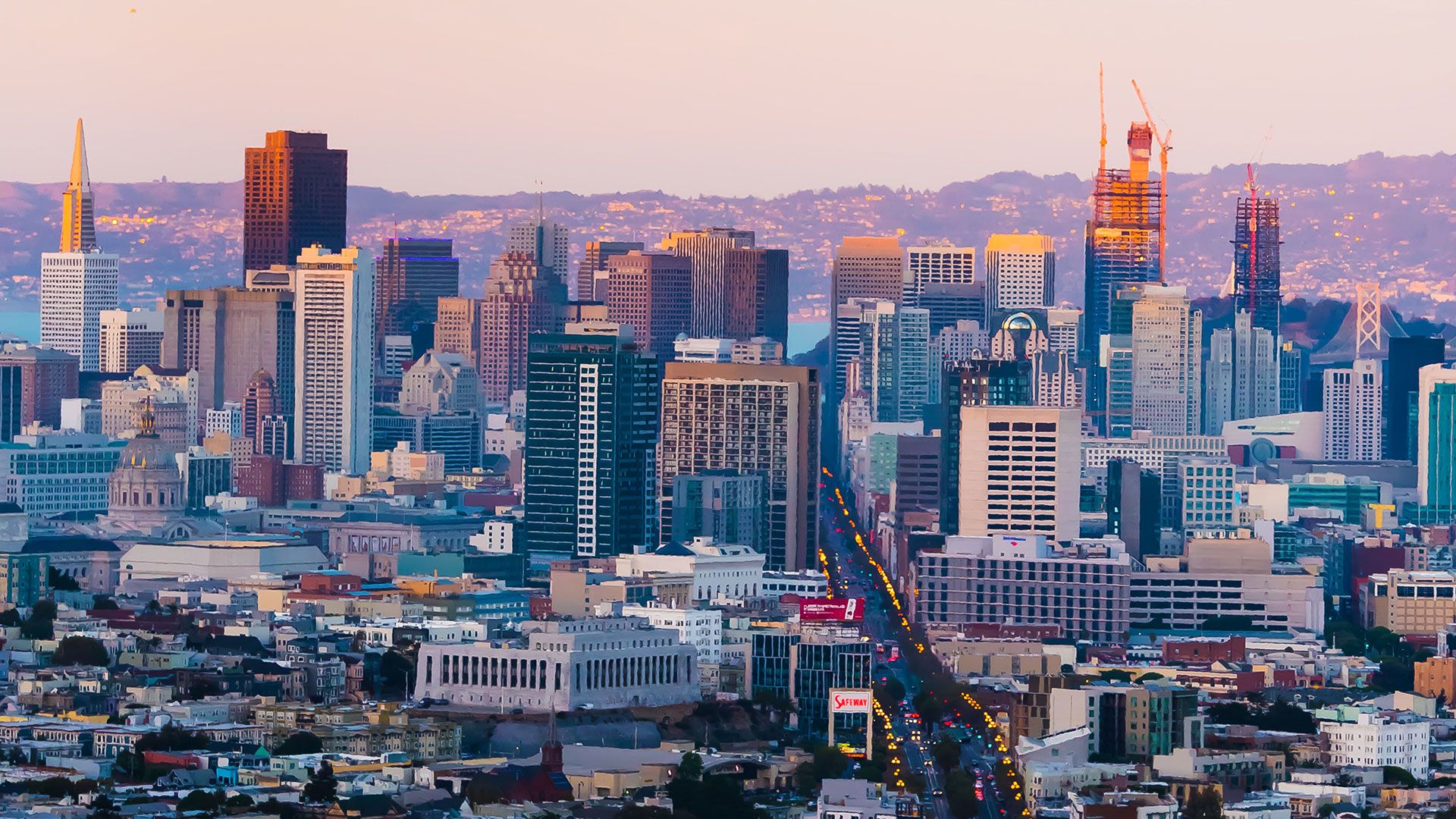
Permission
How can we gain permission to ask better questions or to think about the bigger picture?
Questioning Orthodoxy
Something interesting is happening in religious and spiritual circles that is an interesting analogy of the problems that people are facing in business and politics. Postmodernism is a movement away from the metanarratives of modernism. The term itself is a negation of the previous movement without suggesting an alternative.
Similarly, there is a phenomenon that is referred to as the “nones.” These are the people who would check the box labelled “none” in regard to the question of affiliation to a religious community. What these people have in common is not a rejection of spirituality, necessarily, but a rejection of the hypocrisy of a self-serving religious hierarchy that hypocritically props up the status quo by actively supporting the existing orthodoxies and hierarchical structures while claiming to represent a polemical leader who was known for offering good news for the poor and the oppressed. These religions of fear have been exposed as hollow, since they merely mask the intentions of its leaders and followers to seek their own personal security and prosperity.

The Language of Empire
Steeped in evangelical Christian culture, I have been intrigued by how easily it has been conditioned to unquestioningly believe in the orthodoxy of tribal conformity over the founding ideas of their religious tradition.

The transformation has happened through a confusion of language, similar to a story from their sacred text, the Tower of Babel. Twisting the language to mean the opposite has been the successful strategy of a demagogue who seeks the power to manipulate a large population to build to his own personal brand and, thereby, his fame, wealth, and power.

The Future Earth
“The biggest climate lie is that individual action is the only answer—that’s a recipe for burnout and continued disaster. Individual action is only useful when it helps bend society toward radical change. And the only way to create lasting change is to work toward a future in which everyone matters.” — Eric Holthaus
“The biggest climate lie is that individual action is the only answer…” @EricHolthaus
— Stephen Bau (@bauhouse) September 4, 2020
The dominant metanarrative is of individual competition over scarce resources.
The human story is one of creative collaboration to build a community of love. https://t.co/1gfwITZjNw pic.twitter.com/sl39epcJsf
The dominant metanarrative is of individual competition over scarce resources.
The human story is one of creative collaboration to build a community of love.
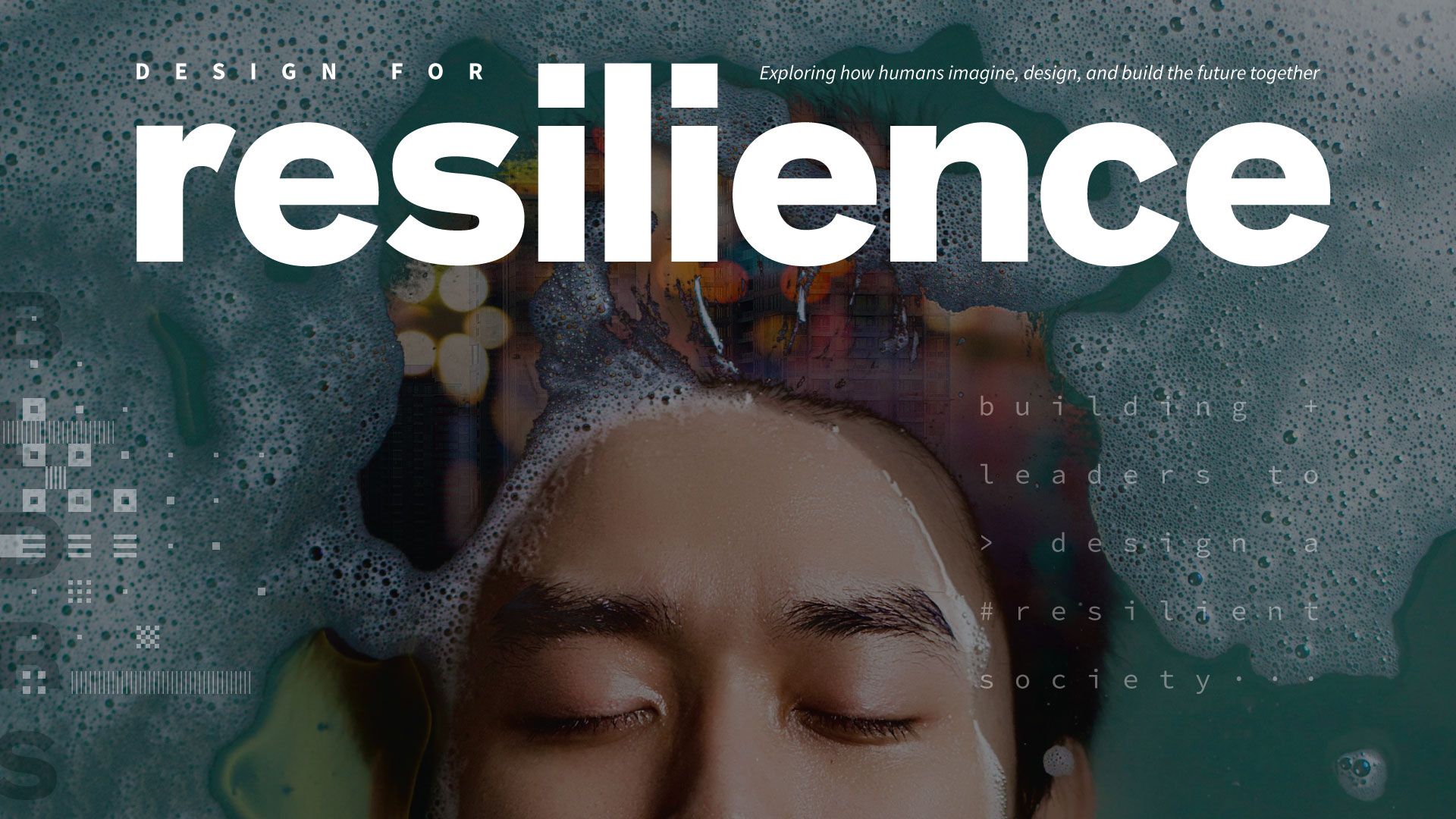
“Amanda, who has dwarfism, falls outside of that ‘canopy of normalcy.’ She therefore meets Hendren’s criteria for disability: a mismatch exists between her and her environment. Hendren’s students could devise a prosthetic solution for Amanda. They could use tools to augment her body, ‘curing’ her height ‘deficit’ with a pedestal or step stool; this approach relies on a medical model of disability that locates impairment (and the responsibility for overcoming it) solely in the individual.”

“For humans, states of dependence are the rule, not the exception.”
For humans, states of dependence are the rule, not the exception. https://t.co/2xGIM3gduF
— Katy Waldman (@xwaldie) September 3, 2020
We are an interconnected and interdependent whole, as manifest in David Bohm’s conceptions of quantum mechanics.
Infinite Potential: The Life & Ideas of David Bohm
— Stephen Bau (@bauhouse) August 6, 2020
A revolution with radical implications—the science of interconnection and wholeness: overcoming division and the transformation of human societies.@infinite_ptnl #interconnected https://t.co/Y7zM3Gbzg4https://t.co/Zhryj6fh2F
A Plenum
“Space is not empty. It is full, a plenum as opposed to a vacuum, and is the ground for the existence of everything, including ourselves. The universe is not separate from this cosmic sea of energy.” — David Bohm
A project by Ilaria Forte, Founder of koalition/r. Created for and in collaboration with the (r)evolutionaries of the Design Science Decade Studio, an educational incubator for art inspired by a regenerative future that works for 100% of life. Presented by the Buckminster Fuller Institute, Developed in Partnership with habRitual.
A Creative Collaboration
It is this vision of a creative collaboration that has gathered creators and innovators from around the world to combine their efforts to reimagine our social architecture, to give each other permission to build new social systems to replace the obsolete models that are crumbling before our eyes.
We have responded to a call to creators, similar to the manifesto of the Bauhaus, just over 100 years ago.
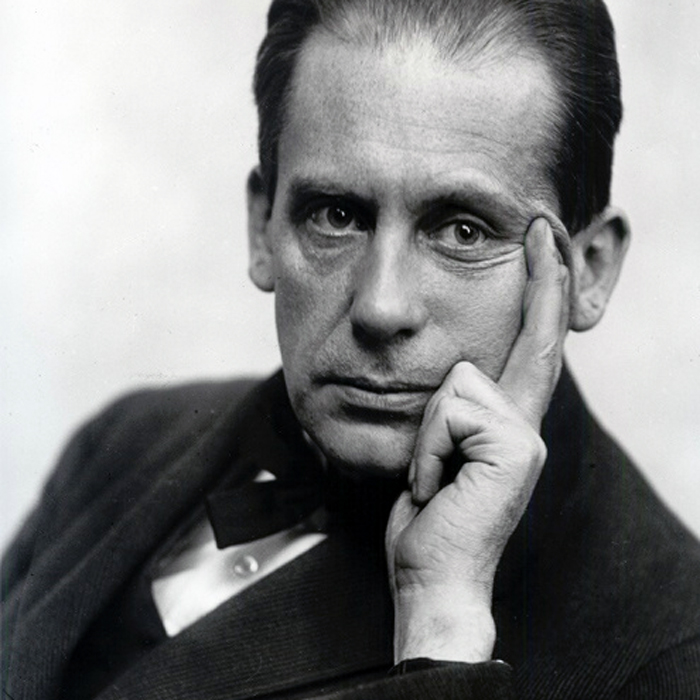
A Regenerative Future
An educational incubator for art inspired by a regenerative future that works for 100% of life.
The Buckminster Fuller Institute (BFI) in partnership with habRitual is calling all creators: fine artists, designers, performers, philosophers, ecologists, systems thinkers, data scientists, and others who resonate with this prompt to create art that explores the principles of Design Science.
Buckminster Fuller was inspired by nature, and we currently know more about living systems than we ever have. Whether you are visualizing what society aligned with the principles of nature will look like or creating technology that will help us get there, we invite you to join our community of collaborators. Through creative expression, members of this program will co-create in service of a world that works “for 100% of humanity in the shortest possible time, through spontaneous cooperation, without ecological offense or the disadvantage of anyone”.
We welcome creators to apply to join the Design Science Studio and embark on a facilitated journey to use principles of nature, science and design to imagine a future that is regenerative and just.
Inspiration
I am inspired by storytelling that helps to envision the kind of future that we would want for ourselves and the generations to come.
I am inspired by the work of artists and their intention, focus, perseverance, labour, intensity, and empathy, motivated by the human desire to make sense of their environment and process the reality of each moment. The smallness of individual human actions in juxtaposition with vast geological landscapes is a contrast that is at once a feeling of helplessness, but also a recognition of the power of the collective to employ technologies with little realization of the unintended consequences of our actions.
I am inspired by the Bauhaus and the influence of design on the development of pedagogical approaches, the experimentation with visual language, the building of communities, and creation of a cultural movement.
I am inspired by the challenge of building the architecture of social systems for self-organizing learning communities with a focus on knowledge sharing and collective sensemaking.
I am inspired by Universe and the iterative design process evident in the evolution of species and the development of human consciousness to perceive the wonder and beauty of the physical world and the complexity of biological and ecological systems.
I am inspired by the ideas that are embodied in the physical world as a metaphor for the realities of metaphysical experience and consciousness that transcend the empirical objective to connect to the spiritual subjective.
I am inspired by the adjacent possible and the opportunity of this moment of present awareness that we are living into with the perspective of artists working in creative collaboration to meet the challenge of life with the power of love.
Builders Collective
The builders collective is a project to document a community into existence. We are documenting the awakening and the cultural shift that is happening as a way to help others envision and engage in living into a community model for a regenerative future.
